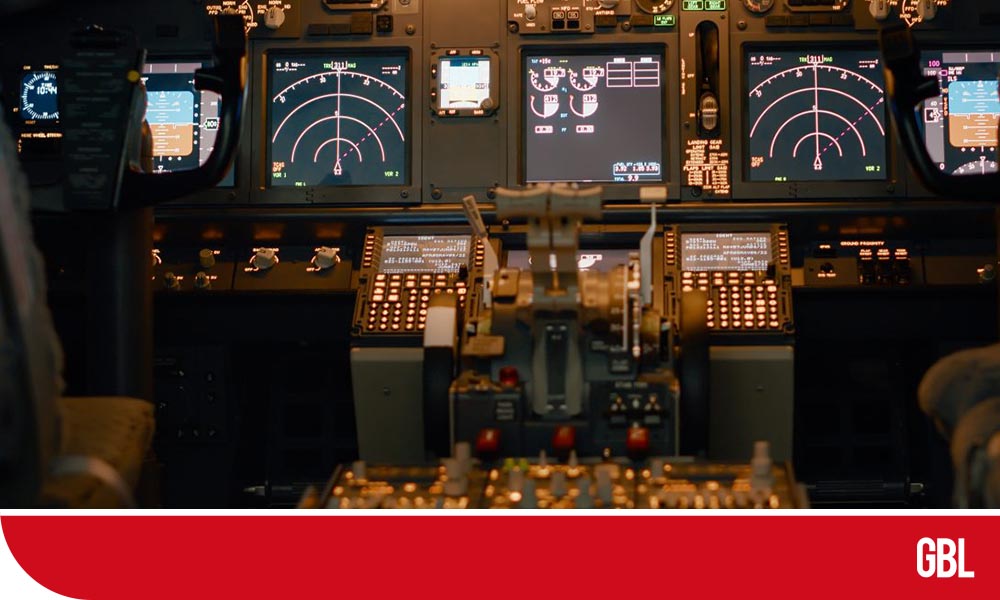Pointers at Glance
- A team of researchers at Carnegie Mellon University trust they have developed the first AI pilot that enables autonomous aircraft to navigate crowded airspace.
- It can navigate safely around the piloted aircraft, even if the person behind the controls is not an experienced pilot.
Artificial Intelligence can avoid collisions safely, track aircraft and coordinate with their actions, predict the intent of other aircraft, and communicate over the radio with pilots and air traffic controllers. The aim of researchers is to develop the AI so the behaviors of their system will not be variable from those of a human pilot.
Jean Oh, a Member of the AI pilot team and an associate research professor at CMU’s Robotics Institute (RI) said they trust they could pass the Turing test, referring to the test of the ability of AI to exhibit intelligent behavior equivalent to a human.
Whether piloted or not, the AI uses natural language and vision to communicate its intent with other aircraft. This behavior ensures safe and socially compliant navigation. Researchers achieved this implicit coordination by training the AI on data gathered at the Allegheny County Airport and the Pittsburgh-Butler Regional Airport, including air traffic patterns, images of aircraft, and radio transmissions.
The AI uses a computer vision system and six cameras to identify nearby aircraft like a human pilot. Its automatic speech recognition function utilizes natural language processing techniques to understand incoming radio messages and communicate with pilots and air traffic controllers using speech.
Advancements in autonomous aircraft will broaden opportunities for drones, air taxis, helicopters, and other aircraft to move people and goods, inspect infrastructure, treat fields to protect crops, and monitor deforestation, often without a pilot behind the controls. However, these aircraft will have to fly in airspace already crowded with small airplanes, medical helicopters, and more.
The FAA and NASA have proposed dividing this urban airspace into lanes or corridors with restrictions on what kind and how many aircraft can use them. The AI is designed to interact easily with aircraft in the VFR airspace.
Sebastian Scherer, an associate research professor in the RI and a member of the team, said this is the first AI pilot that works in the current airspace. Yet, the team has to test the AI pilot on actual aircraft, but it has performed well on flight simulators. The team sets up two flight simulators to test the AI pilot.
The AI controls one, the other by a human. Both operate in the same airspace. The AI can navigate safely around the piloted aircraft, even if the person behind the controls is not an experienced pilot.









